1. English Bulldog

iStock
The English Bulldog might be the epitome of charm, with their wrinkled faces and adorable, stocky bodies. But beneath that cute exterior lies a breed that requires significant medical attention. Bulldogs are prone to a variety of health issues, such as hip dysplasia, respiratory problems, and skin infections, all of which can result in frequent, expensive vet visits. Their love for lounging and low activity level may help keep them calm, but it doesn’t prevent the hefty veterinary bills. Additionally, the cost of grooming their folds and wrinkles to avoid infection can also add to the price of ownership. If you’re not ready for frequent vet trips, this breed might be more than your budget can handle.
2. Great Dane

iStock
Great Danes are true giants in both stature and personality, making them one of the most majestic dog breeds out there. However, their size brings with it a hefty price tag when it comes to food, grooming, and, most notably, veterinary care. Due to their large size, Great Danes are prone to joint problems like hip dysplasia, as well as bloat, a life-threatening condition that requires immediate treatment. Their short lifespan—typically around 7-10 years—means that you may be spending a lot on their care within a short time. The sheer volume of food they consume also makes them expensive to feed, especially when they reach their full size. While they’re lovable companions, the costs of keeping a Great Dane can be staggering.
3. Saint Bernard
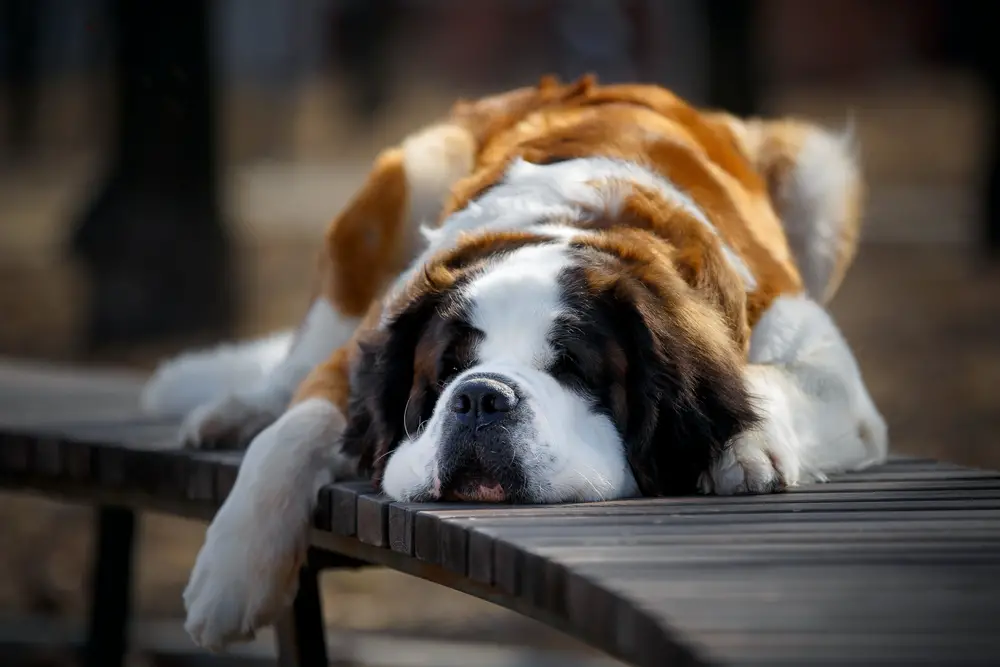
iStock
Saint Bernards are as big in heart as they are in size, often weighing over 100 pounds. Their gentle, affectionate nature makes them fantastic family pets, but their large size also comes with significant health risks. From heart problems to hip dysplasia, this breed is prone to a range of conditions that require costly treatments. They’re also notorious for their drool and shedding, which means extra time and money spent on cleaning. Due to their size, they eat a lot, too, so food bills can add up quickly. While Saint Bernards are lovable giants, their medical needs and upkeep can easily break the bank over time.
4. Cavalier King Charles Spaniel
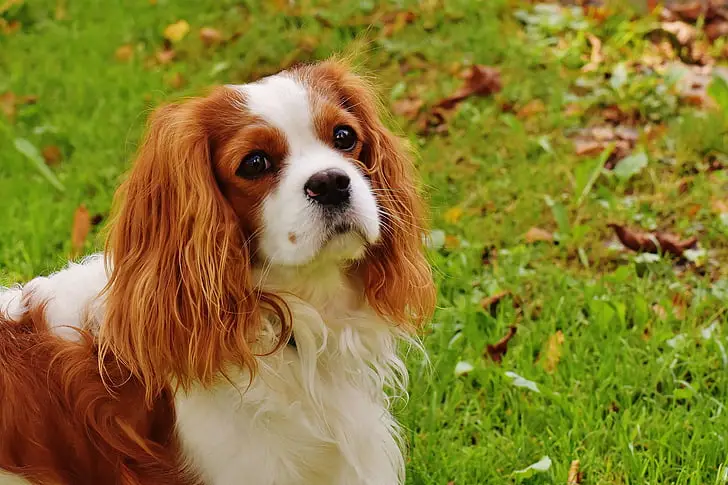
iStock
Cavalier King Charles Spaniels are known for their affectionate, friendly personalities and their beautiful, silky coats. However, these dogs are prone to several genetic health issues, such as heart disease (particularly mitral valve disease) and eye problems, which can result in expensive, ongoing medical care. Their need for regular grooming to keep their coat in top shape also contributes to their high maintenance. While they’re small and relatively easy to handle, their medical needs can drain your finances. Despite their adorable looks and sweet nature, the Cavalier King Charles Spaniel requires much more than just love—it also needs a significant financial commitment.
5. Rottweiler

iStock
Rottweilers are known for their loyalty, intelligence, and protective instincts, making them excellent family pets or working dogs. However, their size and strength mean that they are prone to a number of health issues, including hip dysplasia, elbow dysplasia, and heart problems. The cost of caring for a Rottweiler includes not only veterinary bills for these conditions but also the high cost of food to sustain their muscular frame. Additionally, Rottweilers require training and socialization to ensure they behave properly, which can add to the cost. While they are reliable and protective companions, they can certainly take a bite out of your budget.
6. German Shepherd

Flickr
German Shepherds are one of the most versatile and intelligent breeds, often serving as working dogs in police, military, and rescue operations. However, with all that intelligence and energy comes a set of potential health issues, including hip and elbow dysplasia, which require costly treatments and sometimes surgery. They also tend to have higher food costs due to their active nature and larger size. Their high energy levels mean they need plenty of exercise and training, which can add to the overall costs of ownership. While they are loyal, devoted pets, owning a German Shepherd often involves more than just feeding and walking—they require significant investment in care and medical needs.
7. Irish Wolfhound
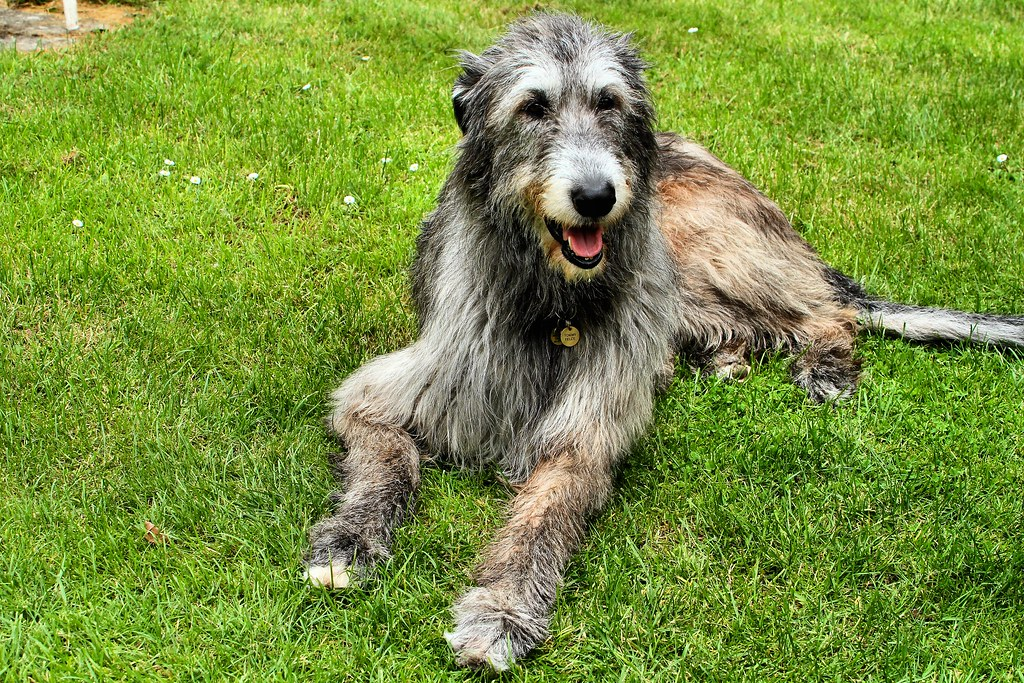
Flickr
Irish Wolfhounds are gentle giants, known for their imposing size and sweet, laid-back temperament. However, their large size and short lifespan (around 6-8 years) mean that they often experience significant health problems, including heart conditions and bone cancer. These health issues can lead to frequent, expensive vet visits and treatments. The cost of feeding an Irish Wolfhound is also substantial, as they require large portions of food to sustain their massive frame. While they are loyal and affectionate companions, the high costs associated with their care make them a breed that requires a substantial financial commitment.
8. Mastiff
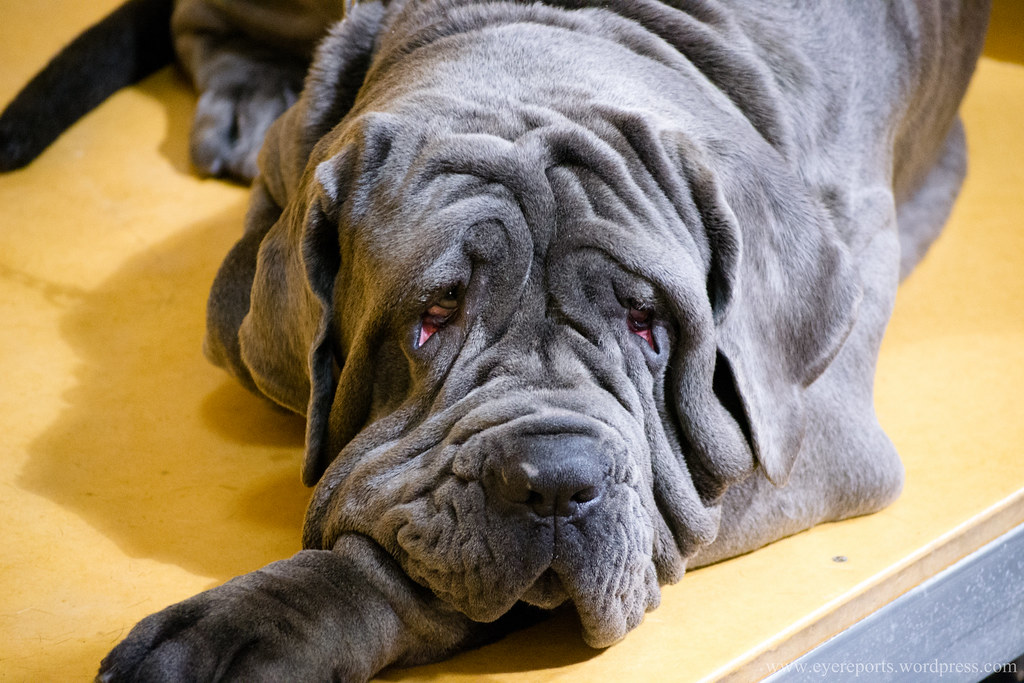
Flickr
Mastiffs are known for their impressive size and protective nature. But with that size comes a host of potential health issues, including joint problems, hip dysplasia, and heart conditions. The sheer volume of food they consume adds to the cost, as well as the high price of specialized care for their health issues. Mastiffs also tend to experience a shorter lifespan compared to smaller breeds, so you may be facing significant medical costs over a few years. While their gentle and loyal nature makes them wonderful companions, they are one of the most expensive dog breeds to care for.
9. Chow Chow
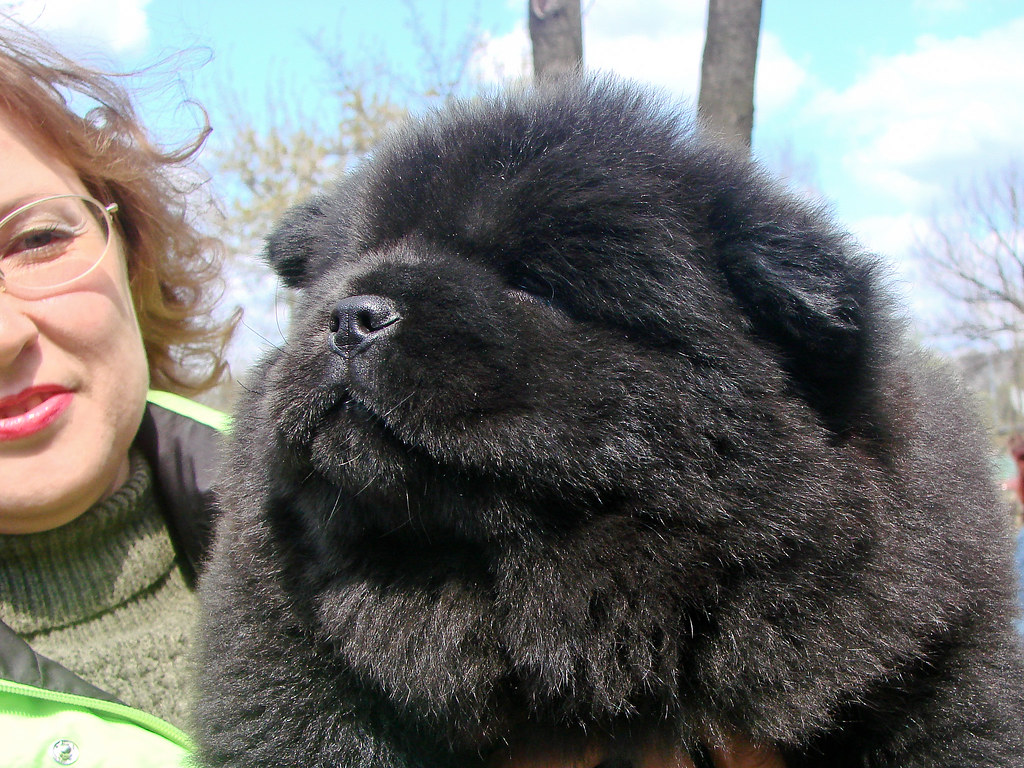
Flickr
The Chow Chow’s aloof and independent personality, combined with its unique appearance and thick coat, make it a striking pet. However, this breed’s grooming needs are substantial. Their dense fur requires frequent maintenance to prevent matting, which can add to grooming costs. Chow Chows are also prone to health issues such as hip dysplasia, eye problems, and thyroid issues, all of which may result in expensive veterinary care. Though they are relatively low-energy dogs, their grooming and medical needs can place a financial burden on their owners. While they are beautiful and unique, their upkeep can be expensive.
10. Dogue de Bordeaux
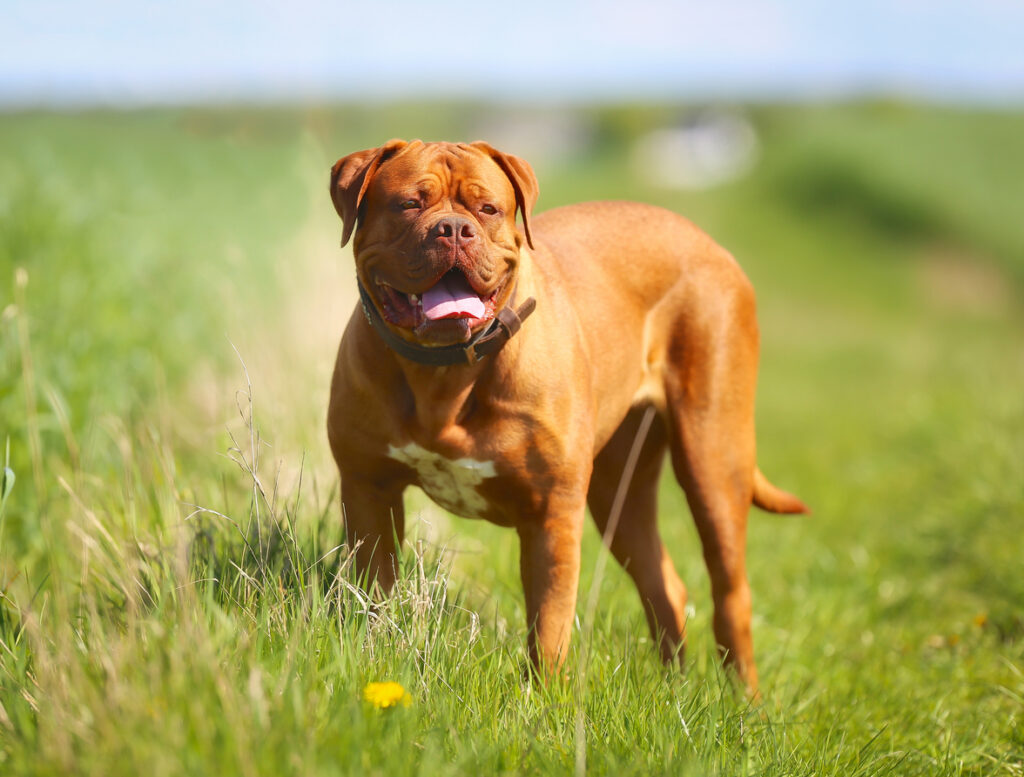
iStock
The Dogue de Bordeaux, or French Mastiff, is a powerful and loyal breed with an unmistakable presence. Unfortunately, their size comes with significant health risks, such as hip dysplasia, heart conditions, and bloat. These health issues can lead to costly surgeries and long-term medical care. Their large size also means they consume a lot of food, adding to the overall cost of ownership. Despite their impressive loyalty and protective nature, the Dogue de Bordeaux is an expensive breed to care for, especially when it comes to their medical and dietary needs.
11. Shih Tzu
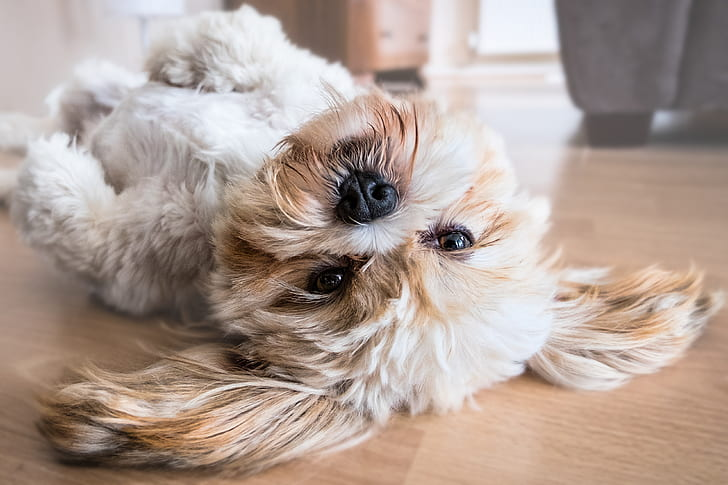
PickPik
The Shih Tzu is known for its affectionate and loving nature, making it a popular companion dog. However, their long, luxurious coat requires regular grooming, which can be costly. Additionally, Shih Tzus are prone to respiratory issues, eye problems, and dental issues, which may require ongoing veterinary care. While their small size makes them relatively low-maintenance in terms of exercise, the constant grooming and medical needs can add up. If you’re considering a Shih Tzu, be prepared for regular trips to the groomer and vet, as these little dogs require a lot of attention to stay healthy.
12. Poodle (Standard)

Flickr
Poodles are known for their intelligence, hypoallergenic coats, and elegant appearance, but their grooming needs can be extensive. The curly coat requires regular grooming and trimming to prevent matting, which can lead to expensive trips to the groomer. Additionally, standard Poodles are prone to health issues such as hip dysplasia, eye problems, and skin conditions, all of which require costly treatment. Despite being an overall healthy breed, the cost of maintaining a Poodle—between grooming, vet visits, and specialty food—can make them one of the more expensive breeds to own.
13. Basset Hound
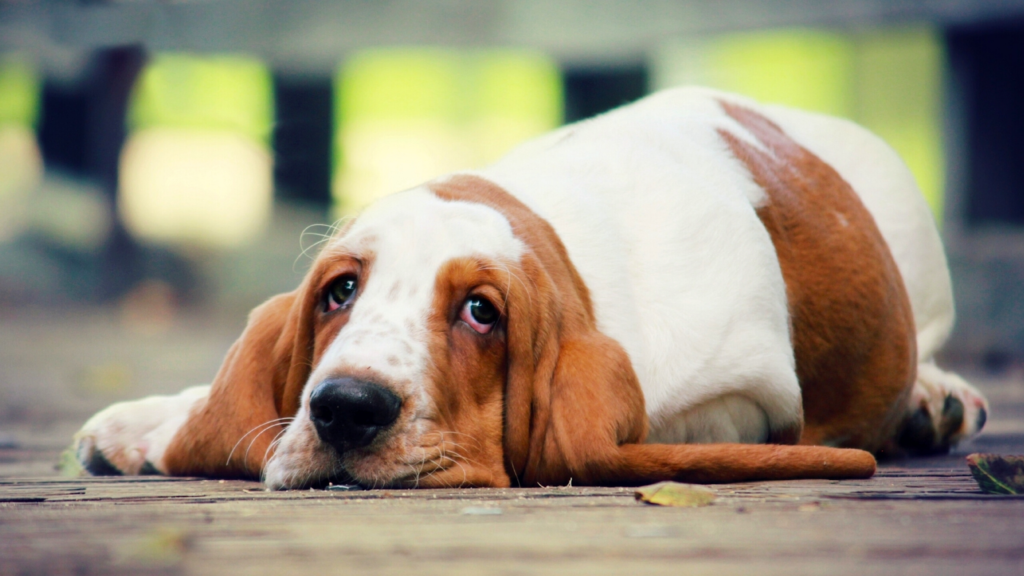
GoodFon
Basset Hounds are known for their droopy ears and sad-sack expressions, but underneath those long ears is a dog that requires considerable care. Basset Hounds are prone to joint issues, particularly hip dysplasia, and they also have a tendency to gain weight if not carefully monitored. Their droopy ears also require regular cleaning to avoid infections, adding to the cost of ownership. While they make great companions with their laid-back personalities, the ongoing medical care and grooming needs of a Basset Hound can place a financial strain on their owners.
14. French Bulldog

Freerange Stock
French Bulldogs are adored for their playful personalities and adorable bat ears, but they come with a range of health problems that can be both expensive and concerning. Their flat faces make them prone to brachycephalic syndrome, a condition that affects their breathing, as well as a variety of other respiratory problems. French Bulldogs are also prone to hip dysplasia, skin conditions, and ear infections. These health issues can lead to frequent vet visits and costly treatments. While they are one of the most beloved dog breeds, owning a French Bulldog can be a financial commitment that goes beyond the price of adoption.


